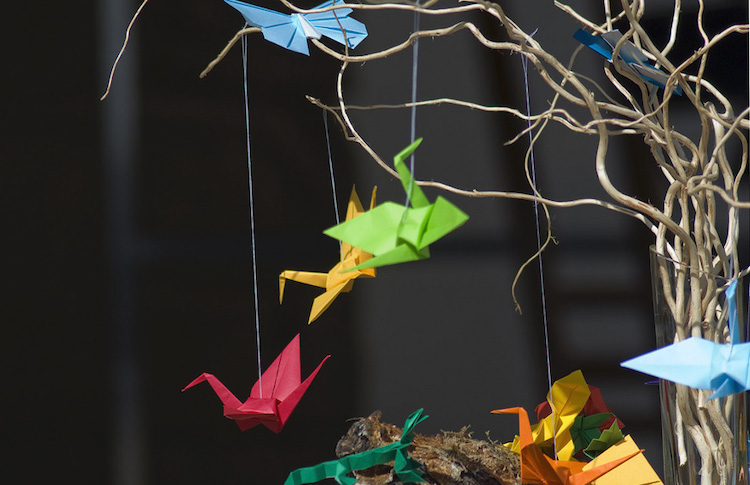
By Ramesh Jaura
BERLIN | NEW YORK (IDN) – “The seed of peace exists in all of us. It must be nurtured, cared for and promoted by us all to flourish. Peace cannot be imposed from outside – it must be realized from within,” says Ambassador Anwarul K. Chowdhury in the run-up to the High-Level Forum on the Culture of Peace on September 13, 2019 in the UN headquarters in New York.
Exactly the same day 20 years ago, in 1999, the General Assembly adopted, by consensus and without reservation, the pioneering and norm-setting resolution 53/243 on the Declaration and Programme of Action on a Culture of Peace.
Ambassador Chowdhury introduced the agreed text of that document for adoption on behalf of all Member States, in his capacity as the Chairman of the nine-month-long negotiations. The General Assembly with Didier Opertti of Uruguay as its President had mandated him to do that.
By observing the 20th anniversary of the landmark resolution, the General Assembly is underlining the importance the world body attaches to full and effective implementation of forward-looking decisions which are universally applicable and respond to the yearnings of every people for progress.
 “The Culture of Peace as a concept, as a motivation means that every one of us needs to consciously make peace and nonviolence a part of our daily existence,” Ambassador Chowdhury tells IDN. “We should not isolate peace as something separate or distant. We should know how to relate to one another without being aggressive, without being violent, without being disrespectful, without neglect, without prejudice.”
“The Culture of Peace as a concept, as a motivation means that every one of us needs to consciously make peace and nonviolence a part of our daily existence,” Ambassador Chowdhury tells IDN. “We should not isolate peace as something separate or distant. We should know how to relate to one another without being aggressive, without being violent, without being disrespectful, without neglect, without prejudice.”
With youth in mind, he adds, “Never has it been more important for the next generation to learn about the world and its diversity.” Without peace, development cannot be realized, without development, peace is not achievable, but without women, neither peace nor development is possible, declares Ambassador Chowdhury who is also Founder of the Global Movement for The Culture of Peace (GMCoP).
Back in 1998, addressing the Security Council as Permanent Representative of Bangladesh, he implored that “international peace and security can be best strengthened, not by actions of States alone, but by men and women through the inculcation of the Culture of Peace and non-violence in every human being and every sphere of activity. The objective of the Culture of Peace is the empowerment of people.”
‘The Culture of Peace: Empowering and Transforming Humanity’ is the theme of the High-Level Forum on September 13, reflecting the enduring value of the Culture of Peace for the transformative 2030 Agenda of the United Nations. The Culture of Peace is interlinked with the sustainable development agenda.
The 2030 Agenda for Sustainable Development in its Goal 4.7 includes, among others, promotion of Culture of Peace and non-violence as well as global citizenship as part of the knowledge and skills needed to promote sustainable development. The Goal calls upon the international community to ensure that all learners acquire the knowledge and skills for Culture of Peace and non-violence as well as global citizenship by 2030.
The High-Level Forum on the 20th anniversary of the Culture of Peace and the subsequent events of the High-Level Meetings of the General Assembly high-Level Week from September 21 to September 28 provide collectively a unique opportunity to highlight the interconnection between peace and sustainable development and advance progress in the last decade of implementation of the SDGs, according to a background note by the UN.
In a recent interview with the Japanese newspaper Seikyo Shimbun Ambassador Chowdhury said: “It is essential to remember that the Culture of Peace requires a change of our hearts, change of our mindset. The Culture of Peace can be achieved through simple ways of living, changing of your own behaviour, changing how you relate to each other.”
To turn the Culture of Peace into a global, universal movement, the most crucial element that is needed is for every one of to be a true believer in peace and non-violence, he added. A lot can be achieved in promoting the Culture of Peace through individual resolve and action.
“By immersing ourselves in a culture that supports and promotes peace, individual efforts will – over time – combine and unite, and peace, security and sustainability will emerge. This is the only way we shall achieve a just and sustainable peace in the world.”
Ambassador Chowdhury is of the view that all educational institutions need to offer opportunities that prepare the students not only to live fulfilling lives but also to be responsible and productive citizens of the world. For that, educators need to introduce holistic and empowering curricula that cultivate the Culture of Peace in each and every young mind.
“Indeed, this should be more appropriately called ‘education for global citizenship’, he explains. Such learning cannot be achieved without well-intentioned, sustained, and systematic peace education that leads the way to the Culture of Peace. “If our minds could be likened to a computer, then education provides the software with which to “reboot” our priorities and actions away from violence, towards the Culture of Peace.” [IDN-InDepthNews – 10 September 2019]
Image: These cranes made by origami are called orizuru and are one of the classic origami designs (Japanese paper folding technique). Legend has it that whoever manages to join 1,000 paper cranes with threads (senbazuru) will fulfill a wish. They became popular as a symbol of peace after World War II. Source: UNICEF
IDN is flagship agency of the International Press Syndicate.
facebook.com/IDN.GoingDeeper – twitter.com/InDepthNews











